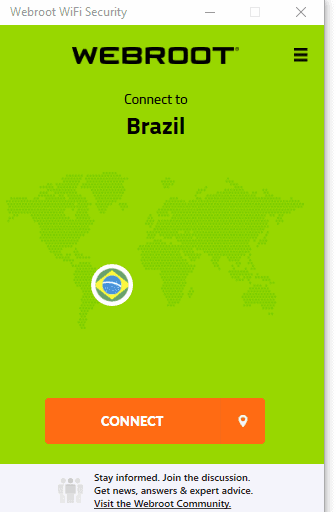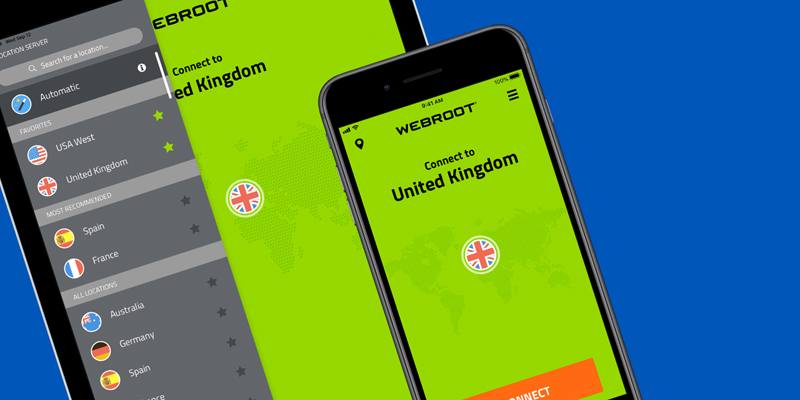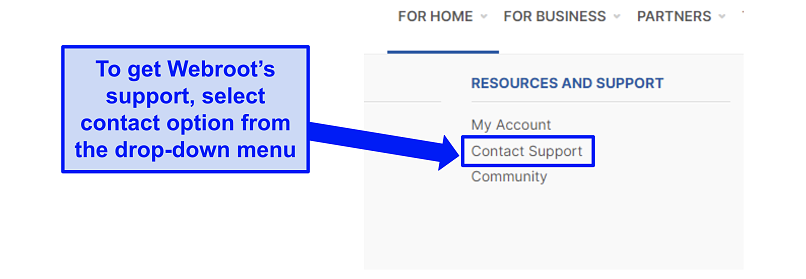
After that, locate the VPN through the programs list and click on the Uninstall button.Once it opens, input ‘Programs & Features’ into it and hit the Enter key.
#Webroot with vpn windows

But before fixing this issue, sign in to the Webroot login account. They work with individuals and companies, and their main goal is to maintain their customers’ safety. They specialize in security software, and their Webroot SecureAnywhere antivirus and firewall were often listed as one of the world’s top providers. Webroot is a US-based company with more than two decades of experience in the Internet security field. If you occur to have the VPN blocked by Webroot, make sure that it’s nothing out of the usual, and there is no reason to panic.

Once enabled, you can add the routes that should use the VPN connection.Webroot and Virtual Private Networks don’t fundamentally fit well together. When you configure a VPN profile in Microsoft Intune, you can enable split tunnel configuration: See VPN profile options and VPNv2 CSP for XML configuration. If the VPN plug-in indicates the default route for IPv4 and IPv6 as the only two Inclusion routes, the VPN platform marks the connection as Force Tunneled For a UWP VPN plug-in, the app controls the property.For built-in VPN, the decision is controlled using the MDM setting VPNv2/ProfileName/NativeProfile/RoutingPolicyType.This configuration sends traffic through the VPN as long as there isn't a specific route on the physical interface: The only implication of force tunnel is the manipulation of routing entries: VPN V4 and V6 default routes (for example 0.0.0.0/0) are added to the routing table with a lower metric than ones for other interfaces. Force tunnel is the default configuration, and takes effect when no routes are specified. In a force tunnel configuration, all traffic will go over VPN. Routes can also be added at connect time through the server for UWP VPN apps. With Windows VPN, you can specify exclusion routes that shouldn't go over the physical interface. Exclusion route: V VPNv2//RouteList//ExclusionRoute.Routes can be configured using the VPNv2//RouteList setting in the VPNv2 Configuration Service Provider (CSP).įor each route item in the list, you can configure the following options:

In a split tunnel configuration, routes can be specified to go over VPN and all other traffic will go over the physical interface. The decision impacts the configuration, capacity planning, and security expectations from the connection. One of the most important decision points for VPN configuration is whether you want to send all the data through VPN ( force tunnel) or only some data through the VPN ( split tunnel). Network routes are required for the stack to understand which interface to use for outbound traffic.


 0 kommentar(er)
0 kommentar(er)
